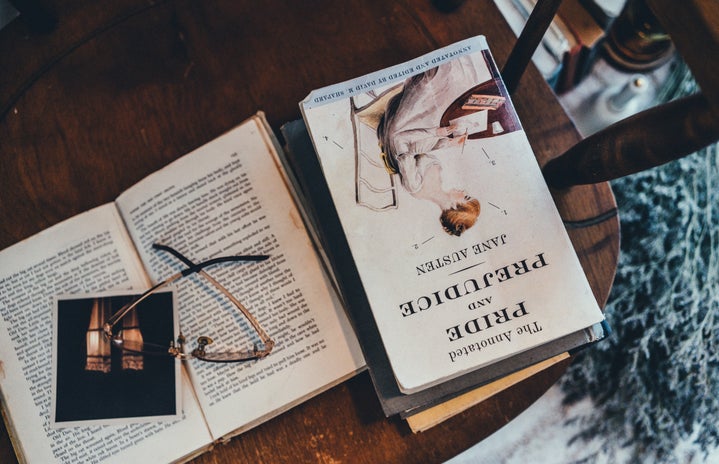Every once in a while, I see criticism of my favorite literary works so scathing that I am left to assume that I did not read the same work as the critic. This is not to say that I am some all-knowing deity who reads stories the right way and everyone else is too stupid to do so. Instead, I believe, the criticisms are peculiar in the way that only a particular section of artists — the woman storyteller — seem to face it, (While it is pertinent to mention that it is not just women who face criticism with regard to their identity, gender or otherwise, the discussion on the issue requires a separate piece altogether.) and I am left to wonder if it is really her “work” that is being criticized.
From Jane Austen to Taylor Swift, no woman artist has been spared the sword of The Sexist Critic, ranging from everyday microaggressions to male academics’ dismissal of female authors. For starters, Jane Austen, a literary marvel, who wrote realistic comedies and skillfully used satire to convey her message, has been criticized for her characters not being likable.
“Does Jane Austen do her work too remorselessly well? For me, I mean? Maybe that is it. She makes me detest all her people, without reserve. Is that her intention? It is not believable. Then is it her purpose to make the reader detest her people up to the middle of the book and like them in the rest of the chapters? That could be. That would be high art.”
From Mark Twain’s “Jane Austen,” an unpublished, incomplete fragment
This constructive beautiful criticism, given by the writer of Huckleberry Finn, clearly has the underlying message that Jane Austen could not produce such ‘high art,’ at least not intentionally. To this day, this is how women writers are treated. “I have observed that male writers tend to get asked what they think and women what they feel,” said Eleanor Catton, winner of the Man Booker Prize for The Luminaries. “In my experience, and that of a lot of other women writers, all the questions coming at them from interviewers tend to be about how lucky they are to be where they are — about luck and identity and how the idea struck them.”
Chance, luck, accident — the woman is just a passive home, a vessel, for the idea coming to her from up above. She clearly cannot construct it on her own accord. Even women songwriters are not immune to this particular brand of judgment, though in a different manner. Case in point: Taylor Swift. The multi-award-winning, world-renowned musician Taylor Swift, has, for the past decade, been ridiculed by both the general audience and critics (who should, frankly, know better) for “only writing break-up songs.” It was only with the release of sister albums, Folklore and Evermore, that this criticism quieted down.
Mitski, another artist known for her exemplary songwriting skills, has had a unique journey. Her stardom has more to do with how intensely her audience projects its desires onto her, and how much narrative hunger is generated from the isolated snippets of herself that she presents. It’s not the fans’ fault entirely, music, after all, is meant to make us feel. But when the art is seen as an extension of the artist, and nothing more, it produces certain expectations that are hard to break. In Be the Cowboy, her fifth studio album released in 2018, Mitski experiments in narrative and fiction, yet, most assume, at least until they read her interviews about it, that it is an autobiographical work as if women cannot write about anything other than their immediate experience.
The questions arise: Have we, as an audience, failed women storytellers? Why are men given the luxury of fiction while women are forever trapped in the gilded cage of personal narratives? Maybe it’s time we see women’s art less like frenzied autobiographies, written when they feel a burst of emotion in the middle of a sleepless night, and more like what it is — the art. No matter at which hour of the day it is made.


